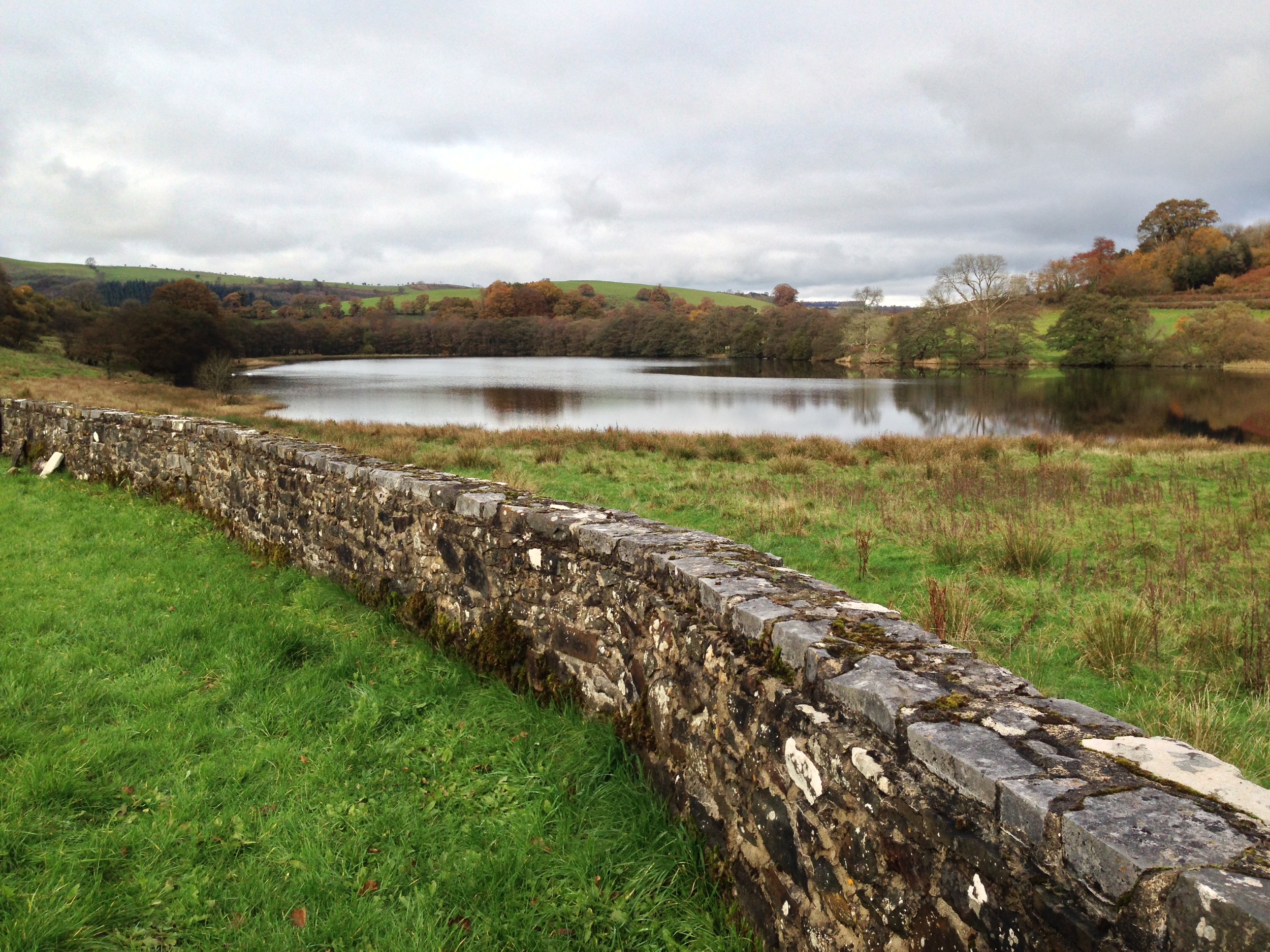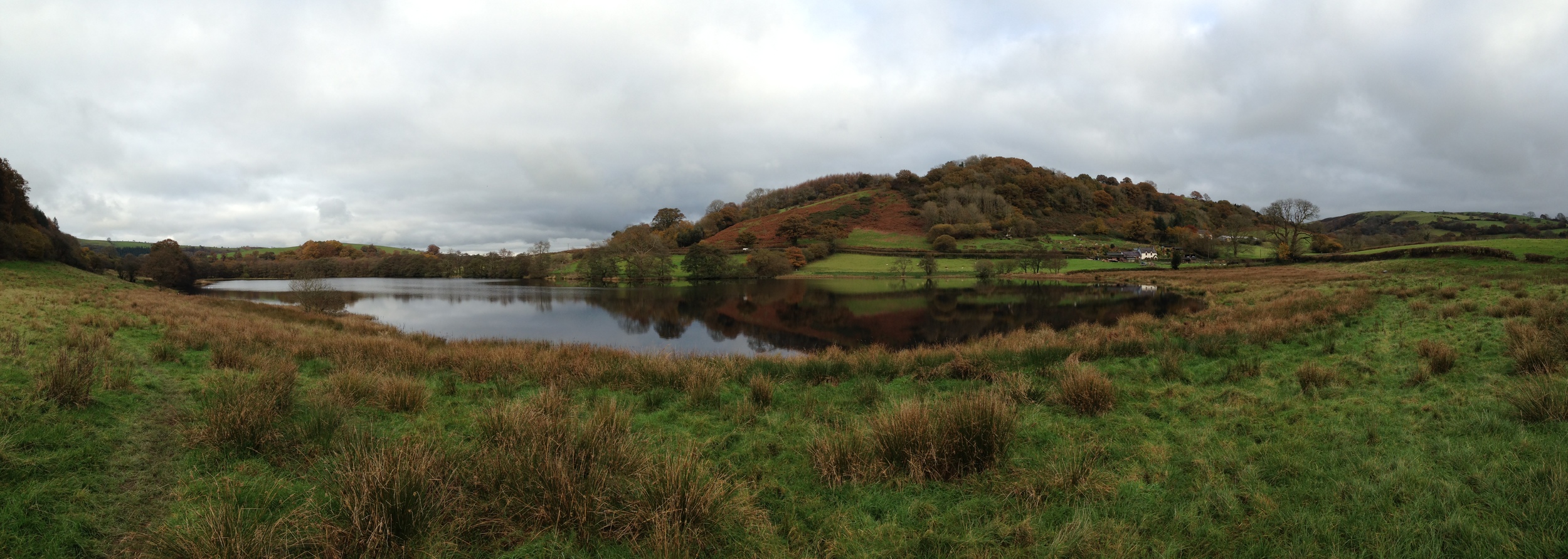The Lakes
Once you’ve explored the striking and magical ruins of Talley Abbey, continue your journey back in time, wandering through more the peaceful meadows, woodland and pastureland that make up our private estate. After passing the grazing sheep - an ever present on these lands since the time of the abbey’s power - your will approach the two lakes which give Talley its original name (Talyllychau – the ‘Head of the Lakes’).
A thousand years old the Abbey may be, but these lakes are truly ancient, having been formed at the end of the last ice age by debris left by the retreating ice sheets. The two lakes are separated by a patch of wooded land centred on a low tree-covered mound - the remains of a motte and bailey castle, a native Welsh fortification built on wooden piles that would have stood here long before Lord Rhys dreamt of a tower that pierced the heavens. Today, the lakes are havens for wildlife. A wide variety of birds, including moorhens, mallards, swans and the odd pair of great-crested grebes build their nests around the tranquil waters: in the winter they are joined by ducks like teal, wigeon, tufted ducks, pochards, and goldeneyes. At night, otters visit to fish while bats are equally busy catching insects over the water or amongst the trees.
The Lower Lake, which is enclosed by trees and reed swamp, is managed as a Nature Reserve by the West Wales Wildlife Trust, due to the wildfowl, breeding ducks, grebes and swans that dwell around lake. A covered bird hide at the southern end of the Lower Lake is easily accessible from the cottage grounds. Further details on the bird-watching opportunities around the lake can be found here.
The Upper Lake, which is the one closest to the cottages, has a mostly open and accessible shoreline, bordered by grassland, and has long been popular with anglers. Indeed, the location for Talley Abbey was chosen for its proximity to the fishing in the Upper Lake. Nowadays, guests staying at Abbey Cottages are welcome to try their hands fishing in the lake, just as the monks of Talley Abbey did nearly a thousand years ago. Further details on the types of fish present in the lake can be found here.
Also sitting on the edge of our grounds is the monumental Talley Ash. Ash trees were often planted near sacred ground because they were thought to have magical and spiritual properties. The Talley Ash is reputed to be the largest and one of the oldest ash trees in Britain. You can read more about Talley Ash here.















